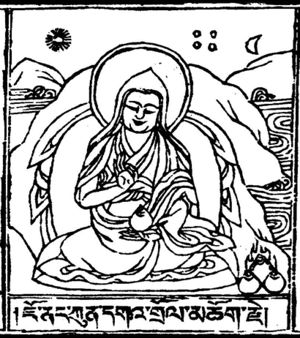cellYt
Jump to navigation
Jump to search
SherabDrime (talk | contribs) m |
(Replacing page with 'thumb|Jonang Kunga Drolchog (1507-1566) ===Literary Works=== *100 Instructions of the Jonangpa<br> ===External Links=== *Jonang Foundati...') |
||
| Line 1: | Line 1: | ||
[[Image:KungaDrolchog02.jpg|thumb|Jonang Kunga Drolchog (1507-1566)]] | [[Image:KungaDrolchog02.jpg|thumb|Jonang Kunga Drolchog (1507-1566)]] | ||
| − | |||
| − | |||
| − | |||
| − | |||
| − | |||
| − | |||
| − | |||
| − | |||
| − | |||
| − | |||
| − | |||
| − | |||
| − | |||
| − | |||
| − | |||
| − | |||
| − | |||
| − | |||
===Literary Works=== | ===Literary Works=== | ||
